Marije Stryker

Library Bulbs consists of 45 narcissus bulbs planted throughout the University of Guelph library. The bulbs were planted on November 22, 2015, watered weekly, and began to flower on December 12th, filling the library floors with white and yellow blooms and a faint but characteristically narcissus-like scent.
This project was inspired by the children’s book The Lupin Lady, in which Miss Rumphius -a retired librarian- scatters lupin seeds throughout Maine simply to make the world a more beautiful place. This process of planting flowers in public areas is reenacted in Library Bulbs. It was carried out in the style of guerrilla gardening- without permission, but with the intention of creating a more enjoyable environment for students studying in the library.
Planting the bulbs and watering with Outdoor School
The Results







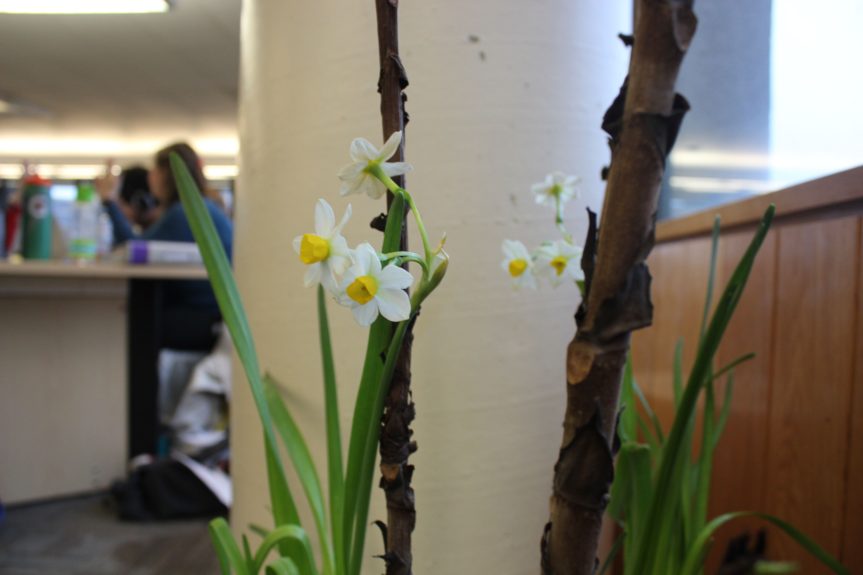
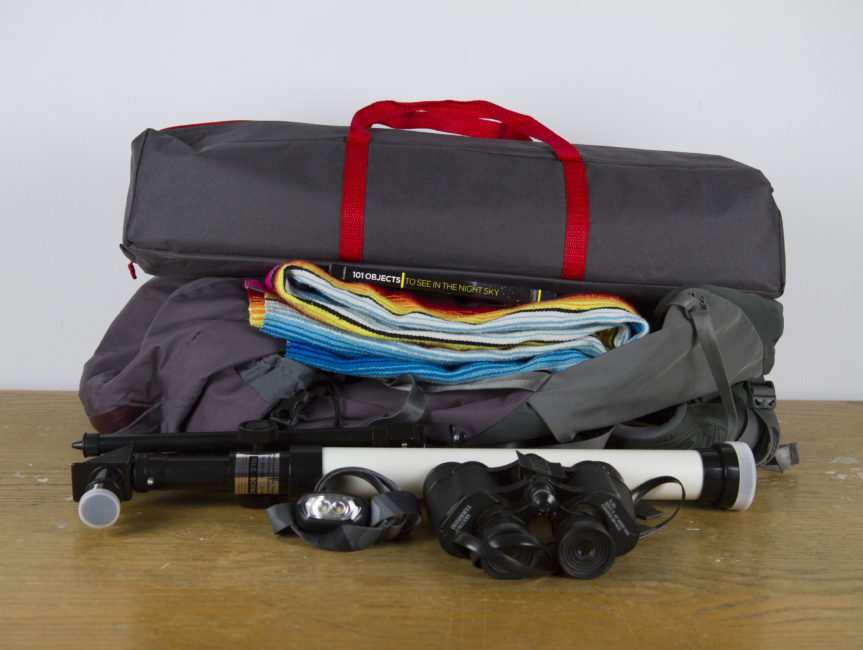

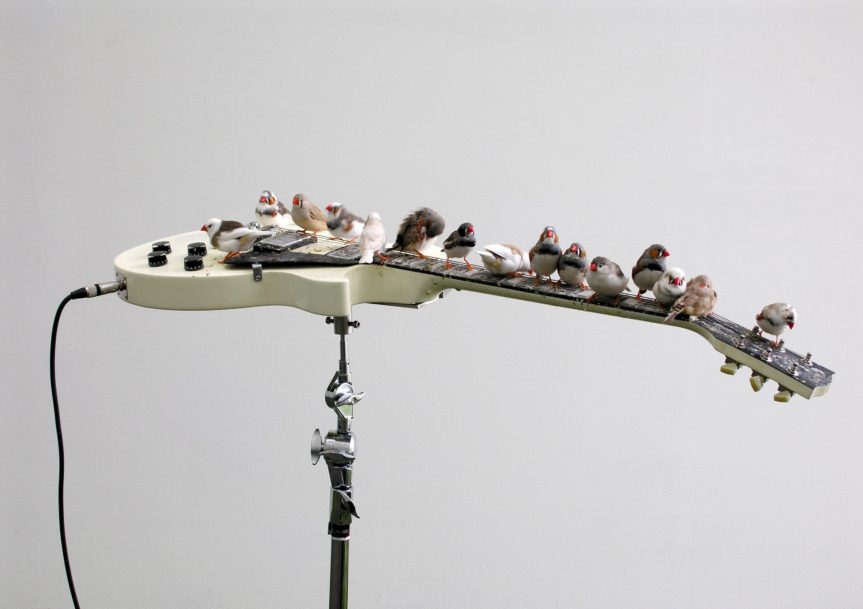
 A living musical exhibit at the Montreal Museum of Fine Arts will set 70 zebra finches loose in an aviary, and the only perches are the strings of 14 electric guitars and bass guitars.
A living musical exhibit at the Montreal Museum of Fine Arts will set 70 zebra finches loose in an aviary, and the only perches are the strings of 14 electric guitars and bass guitars.


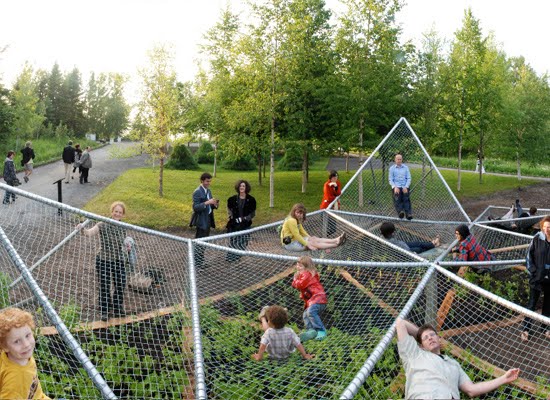
 Dymaxion Sleep (curled up)
Dymaxion Sleep (curled up)

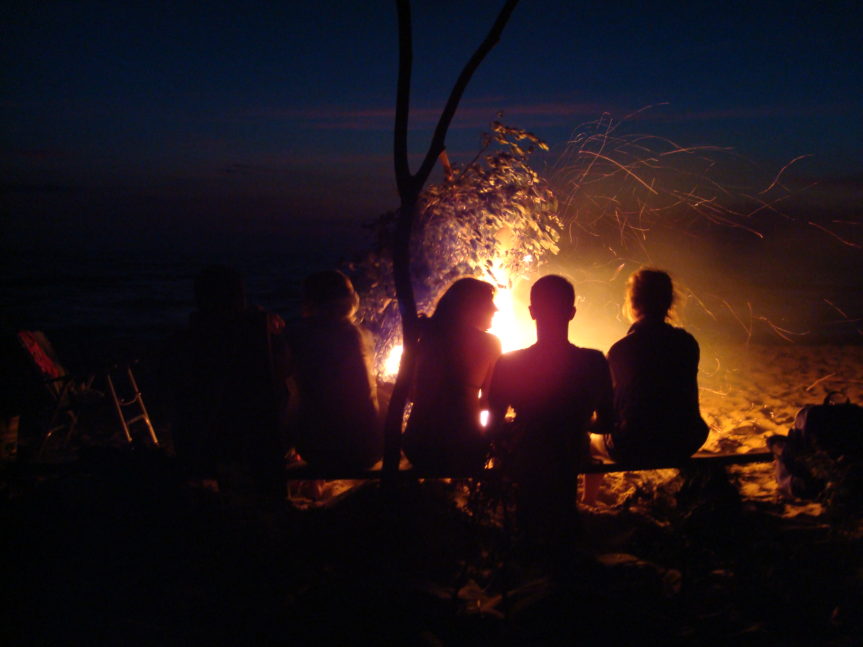

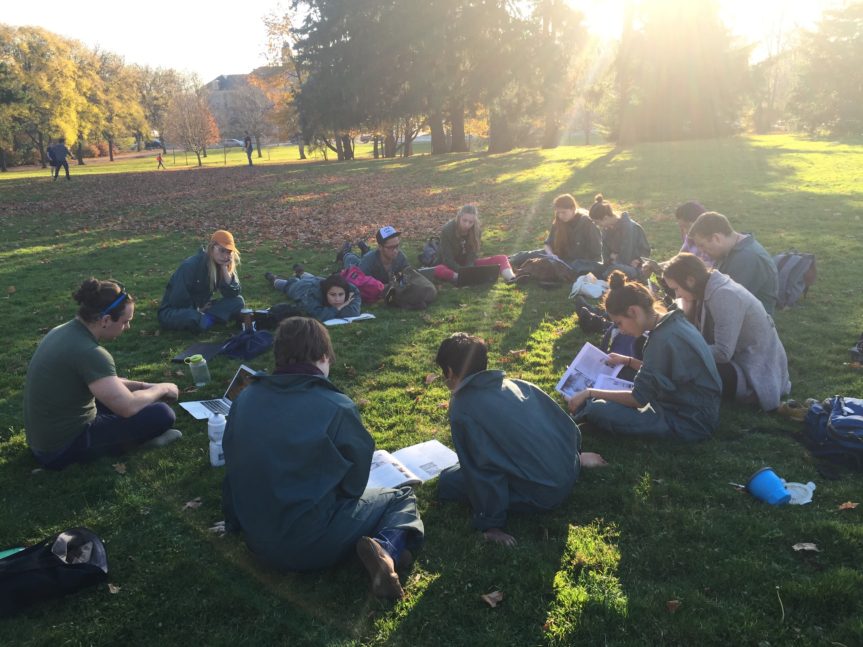

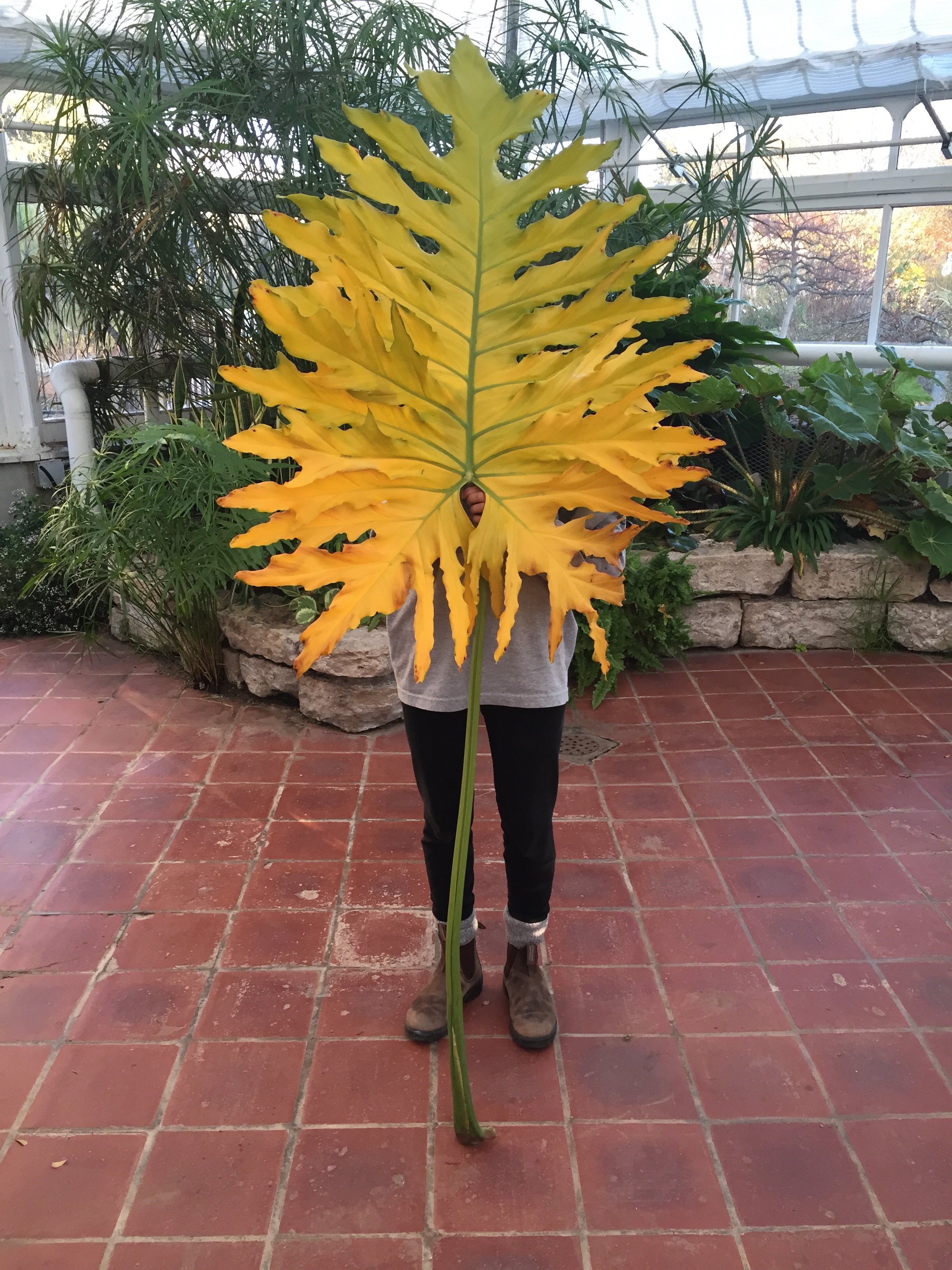



 2. Fill the plastic tub a ¼ of the way with water. Assemble the two parts of the deckle together by having the frame with the screen facing upwards and the other frame with the foam strip facing down sitting on top of frame with the screen. The screen and foam strip should be sandwiched together between the two frames. Submerge the deckle into the tub with water. Once submerged, the water level should sit slightly above the frame with the screen. If the water is not above the screen pour some water in the tub until it is above. Have a partner hold down the deckle in the tub so it does not float when putting in the pulp.
2. Fill the plastic tub a ¼ of the way with water. Assemble the two parts of the deckle together by having the frame with the screen facing upwards and the other frame with the foam strip facing down sitting on top of frame with the screen. The screen and foam strip should be sandwiched together between the two frames. Submerge the deckle into the tub with water. Once submerged, the water level should sit slightly above the frame with the screen. If the water is not above the screen pour some water in the tub until it is above. Have a partner hold down the deckle in the tub so it does not float when putting in the pulp. 3. Take a spoon and spoon some of the pulp into the center opening of the deckle on top of the screen. Spread it around evenly on the deckle. Add as much pulp as you desire, the more pulp you add the longer it will take for the paper to dry and the thicker it will be.
3. Take a spoon and spoon some of the pulp into the center opening of the deckle on top of the screen. Spread it around evenly on the deckle. Add as much pulp as you desire, the more pulp you add the longer it will take for the paper to dry and the thicker it will be. 4. When you are done with the pulp, slowly lift the deckle up, still sandwiched together, from the water and let it drain. You can choose to take the deckle to the sink to remove the excess water or turn the deckle slightly to its side and rest the deckle on the edge of your plastic tub. Now remove the top frame of your deckle and your paper pulp should be resting on the screen material of the other half your deckle. At this point, you can choose to add flat leaves or petals on the surface of the paper pulp if you want some decoration.
4. When you are done with the pulp, slowly lift the deckle up, still sandwiched together, from the water and let it drain. You can choose to take the deckle to the sink to remove the excess water or turn the deckle slightly to its side and rest the deckle on the edge of your plastic tub. Now remove the top frame of your deckle and your paper pulp should be resting on the screen material of the other half your deckle. At this point, you can choose to add flat leaves or petals on the surface of the paper pulp if you want some decoration.
You must be logged in to post a comment.